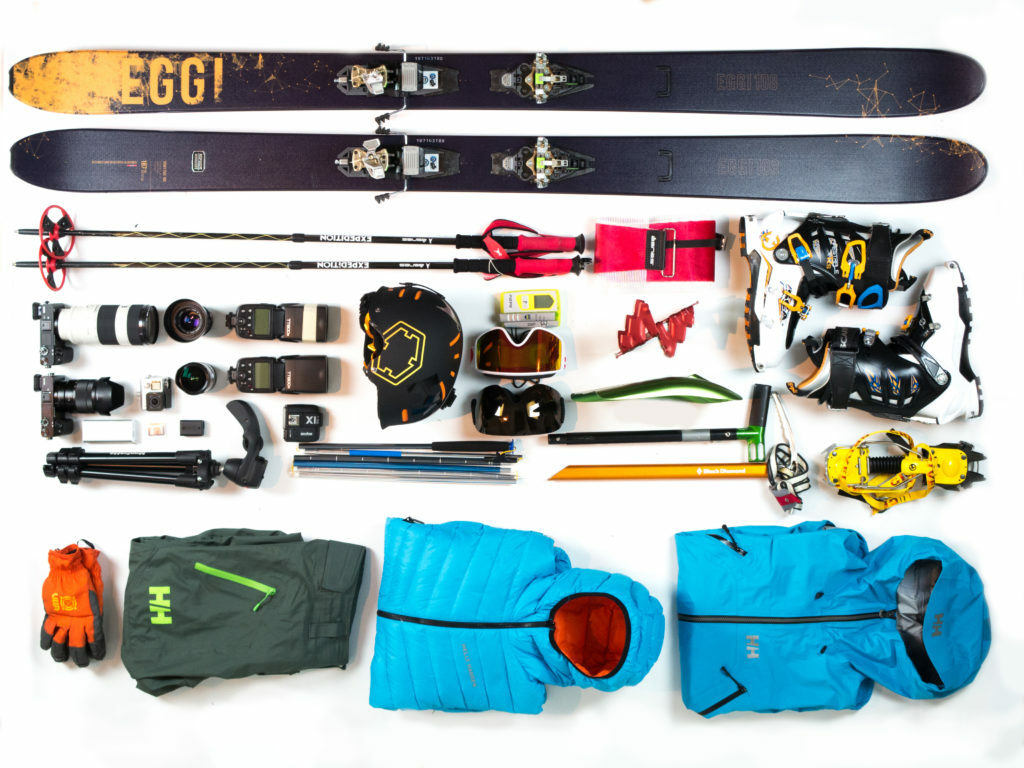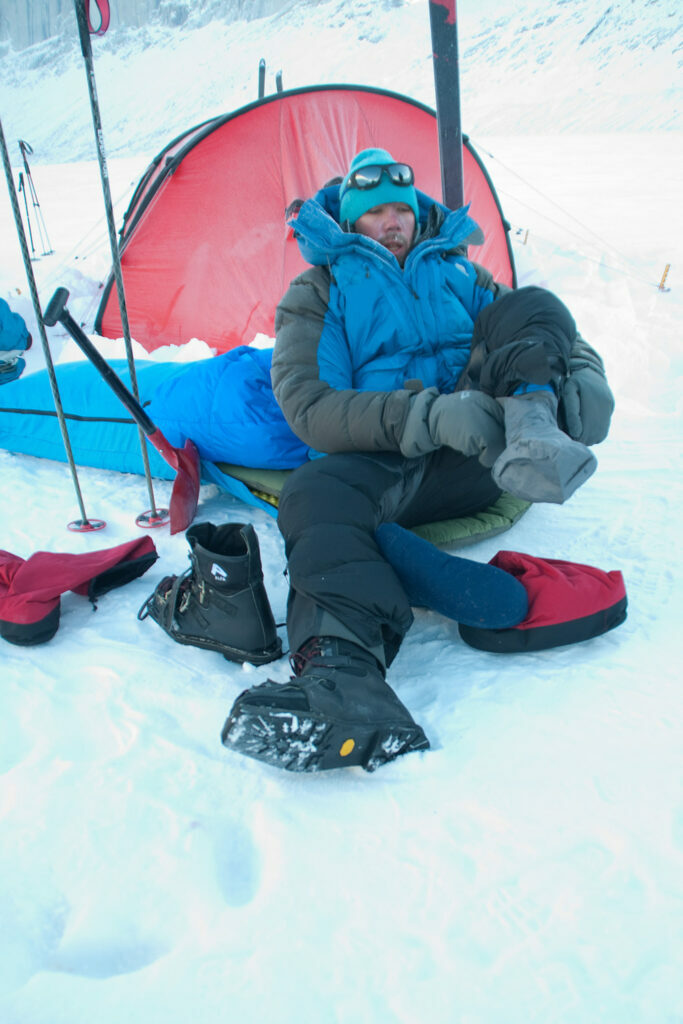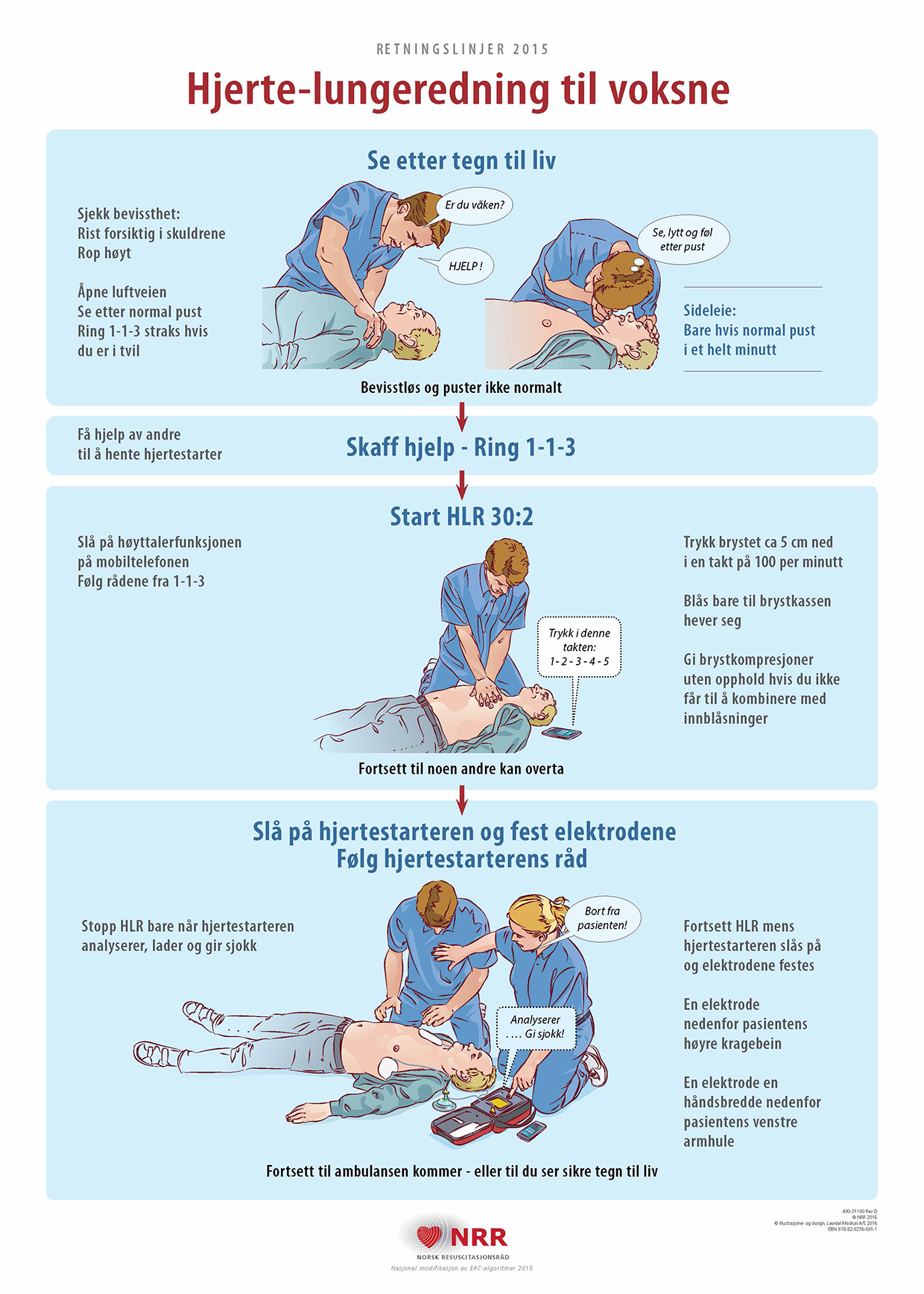
Seven tips to find a safe route up the mountain
Here are some simple, concrete, tips on how to find the safest route up a mountain on skis. Some things in life are necessary. Some things aren’t necessarily easy. But, as every skier knows, the only thing that really matters is skiing as much as humanly possible – so getting these down is a question of making life worth living.
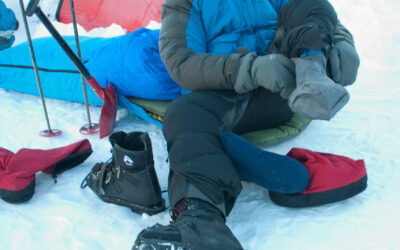
Handling hypothermia
Do you know what to do when you’re faced with someone dangerously cold? Command of the basic facts can be lifesaving – and this is just as relevant for us those of us who hit the mountains for the joy of it as it is for guide and members of the rescue services.
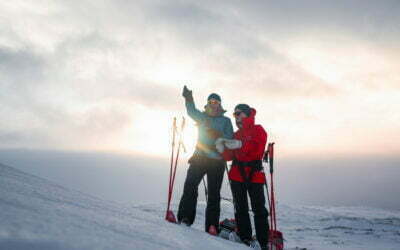
13 tips for better orienteering.
Few of us set out into the winter mountains when the weather’s bad and visibility’s poor. And we’re careful for good reason. It’s risky. When nature shows its muscles, it forces us to reflect. Even so, Norway’s a country with plenty of mountains and even more weather. If we only headed out when the sun was shining, the season would be very short. We head out when the weather’s less than perfect – which means we need to be able to find our way with a map and compass. Here are 13 tips for using a map and compass, then, for those of us hitting the mountains in winter.
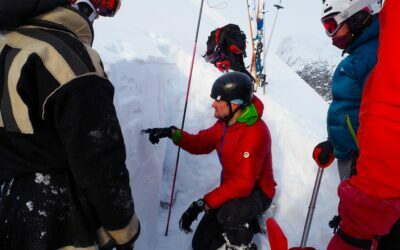
An avalanche course: the most valuable “gear” you can get
New gear is the best. Everyone loves gear. In fact, the only things better than gear are skiing and staying alive. To maintain this state of affairs, a knowledge of avalanches, navigation, terrain and the basic physics of snow is essential – it means the power to travel safely, on your own terms.

So – what exactly is a skin, anyway?
Skins are more than a strip of carpet with glue on the back. They’re tools designed to help us in pursuit of pristine snow, perfect lines, and/or solitude. Something this magical demands a proper description of how it’s made.

Avalanche skills: how to quickpit
You’re ascending a mountain. You need to assess the stability of the snow. While being safe requires gathering information every step of the way, it’s also true that no one wants to spend an hour in a snowpit, especially in bad weather. So let’s talk about “quickpits” – an efficient snow-profiling method that serves as a very good middle ground for gathering information about snow cover. The technique’s used frequently by experienced guides to gather useful – if incomplete! – intelligence while keeping toes and fingers warm. Here’s how it’s done.
